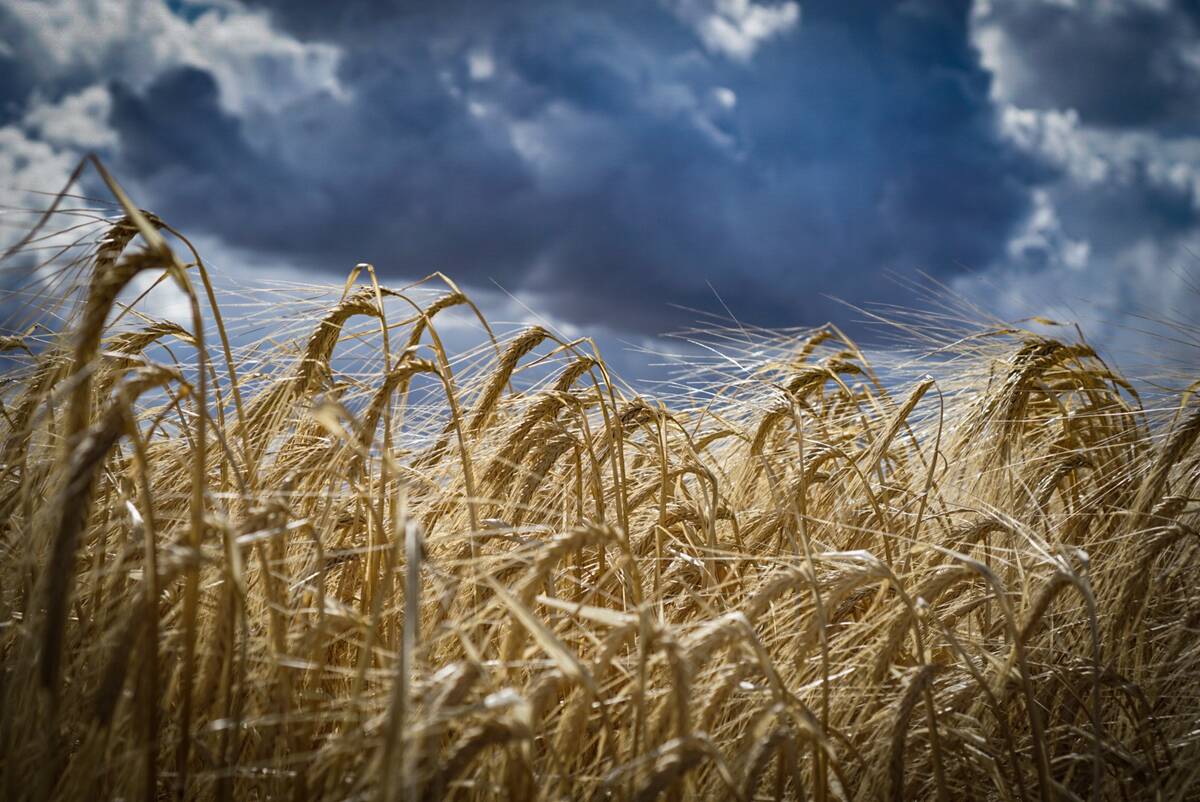When it comes to providing wholesome beef to the public, Canadian facilities take precautions at every point in the food chain, from the time a steer arrives at a processing plant until the finished product leaves in a box.
The extra precautions are part of the way business is done now, said Rancher’s Beef plant manager Kevin Mullen.
At this plant north of Calgary, animals arrive in semi trailers and disembark into a closed barn with non-slip, heated flooring that is washed every night. There is natural light. The barn is designed so the cattle flow at an angle in pairs to the point of slaughter.
Read Also

Malting barley exporters target Mexican market
Canada’s barley sector is setting its sights on the Mexican market to help mop up some of the lost demand from China
“Cattle do not like to walk in straight lines,” said Mullen.
Every Canadian Cattle Identification Agency eartag is scanned and entered into a computer so staff members know where animals came from, how many head arrived, when they died and where they are in the plant. The goal is to trace each primal cut back to the animal.
Every procedure involves food safety.
“There are a lot of interventions put in,” Mullen said.
Since this is a federally inspected plant, Canadian Food Inspection Agency veterinarians and inspectors are present at all times to inspect cattle, organs and meat.
All federal plants must follow a hazard analysis critical control points program. The plant is subject to quarterly audits and several food companies also have specific reviews.
Enough room is provided for people to work safely and in a clean manner. Separate knives are used for each operation and all knives are washed and sanitized after each step.
This plant is certified to handle organic, natural and other beef requests and each order is processed separately. In addition, across the industry, youthful cattle are processed at the beginning of the shift and cattle older than 30 months are done later.
Skinned carcasses are washed with lactic acid before evisceration to remove surface contamination. Two more water washes are done later.
“It is trying to eliminate any pathogens from growing on the outside surface,” Mullen said.
Once carcasses are eviscerated and split, they are sent for chilling into special units where the temperature varies from 1 C to -4 C. The air is constantly moving to remove the heat.
“The trick is to get the internal temperature down as quick as you can so it doesn’t spoil,” said Mullen.
The carcasses are assessed after chilling by a certified grader.
Ranchers’ Beef has a microbiological laboratory on the premises where checks are done for contamination. Swabs are also sent to an independent lab.
“The average consumer is probably thinking the packing house is the scariest place, when actually it is the cleanest,” said Mullen.















